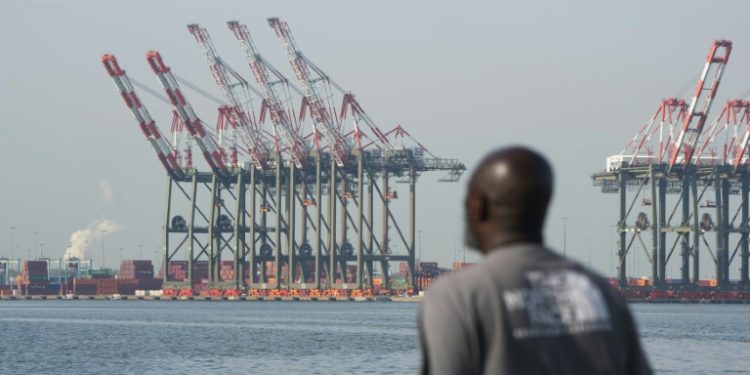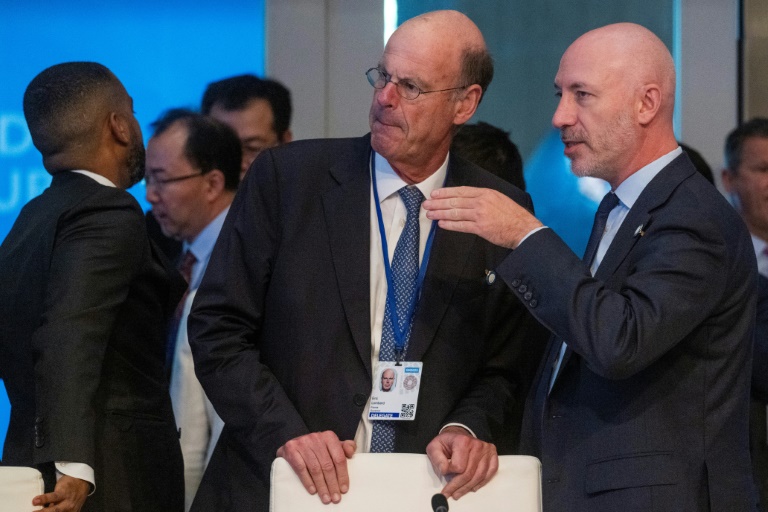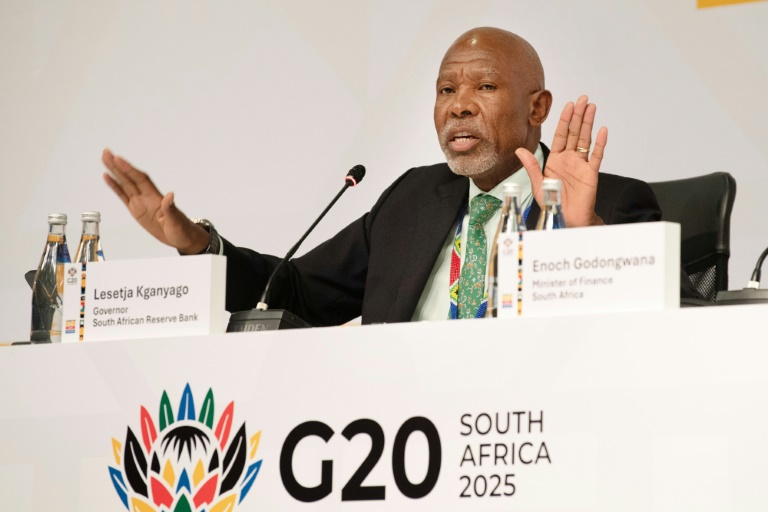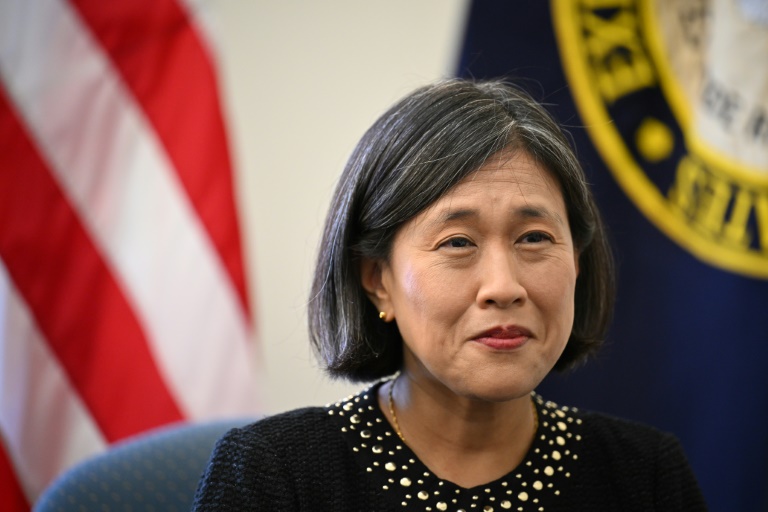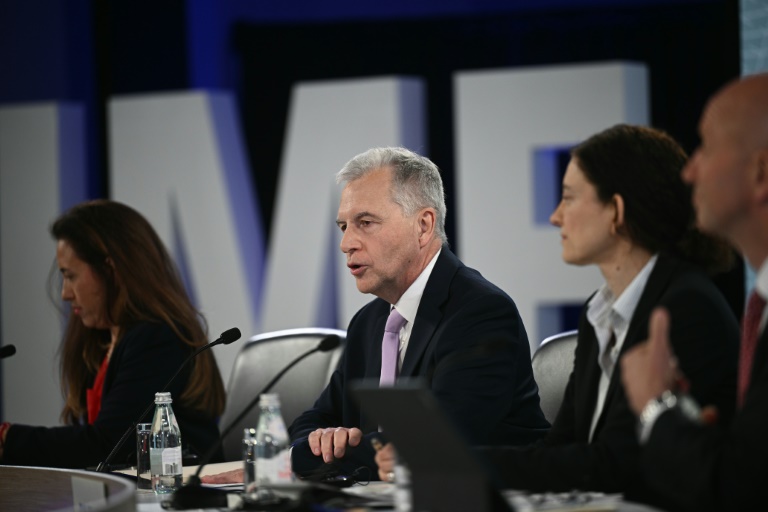New York (AFP) – Thousands of dockworkers returned to work Friday, the day after a longshoremen’s union reached a preliminary deal with shippers, ending a three-day strike weeks before the US presidential election. At the Port of Mobile in the Gulf Coast state of Alabama, terminal operator APM resumed operations at 7:00 am (1200 GMT), while the Port of Virginia in Norfolk said it will reopen Saturday, according to online postings. At the giant Port of New York and New Jersey, the second-largest container port in the United States after Los Angeles and Long Beach, the Port Liberty terminal in Bayonne plans to resume work on Monday morning.
“I do expect that by this time next week, we will have serviced all of the vessels that were delayed and that cargo will be flowing into the economy,” Bethann Rooney, port director of New York and New Jersey, said at a briefing with reporters. The staggered reopening covers US ports from Maine to Texas following Thursday night’s preliminary agreement between the International Longshoremen’s Association (ILA) and the United States Maritime Alliance (USMX). Workers had walked out Tuesday morning with the expiration of their contract. The parties “reached a tentative agreement on wages and have agreed to extend the Master Contract until January 15, 2025,” said a joint statement. “Effective immediately, all current job actions will cease and all work covered by the Master Contract will resume.” The strike was the first involving these ports since 1977.
Talks between the two sides had been dormant for months. But negotiations resumed Monday as the contract’s expiration deadline approached. In recent days, Acting Labor Secretary Julie Su and other officials in President Joe Biden’s administration urged the parties to hash out differences and called on USMX to boost its offer.
The stoppage involved some 45,000 workers at 36 facilities. The contract pertained only to 14 large ports, including New York/New Jersey, Philadelphia, Boston, Savannah, Miami, and Houston. However, additional workers at ILA-represented facilities in the region joined the stoppage. The talks centered on wages and ILA efforts to prevent job loss due to automation. ILA leaders argued that a big wage hike was merited after dockworkers kept the economy running during the pandemic, boosting shipper profits.
“The two sides have agreed to return to the bargaining table to negotiate all other outstanding issues,” said the joint statement. It did not offer terms of the deal, but The Wall Street Journal, citing sources close to the matter, said USMX had proposed a 62 percent salary increase over six years, allowing the deal to be reached.
The strike had loomed as a major potential political problem for Democrats heading into the presidential election. After the agreement, Biden praised both sides for working together to “ensure the availability of critical supplies for Hurricane Helene recovery and rebuilding,” the White House said Thursday. But Biden acknowledged Friday that “there’s more to do,” referring to automation issues that still need to be ironed out by mid-January. “There’s more to resolve,” he said.
Analysts had cautioned that, with the November 5 presidential election nearing, a lengthy strike could have posed a major headwind to the US economy, leading to shortages of some items and lifting costs at a time when inflation has been moderating. Oxford Economics said it doesn’t plan to update its economic forecast in light of the quick resolution of the strike.
“The port strike ended fairly quickly, removing any significant downside risk to the economy this quarter,” said the Oxford note. “It will take a little time” to work through any backlogs that developed, it said. “But any lost output that occurred during the strike will be made up through the remainder of this quarter, therefore no change to our forecast for Q4 GDP is needed.”
© 2024 AFP

